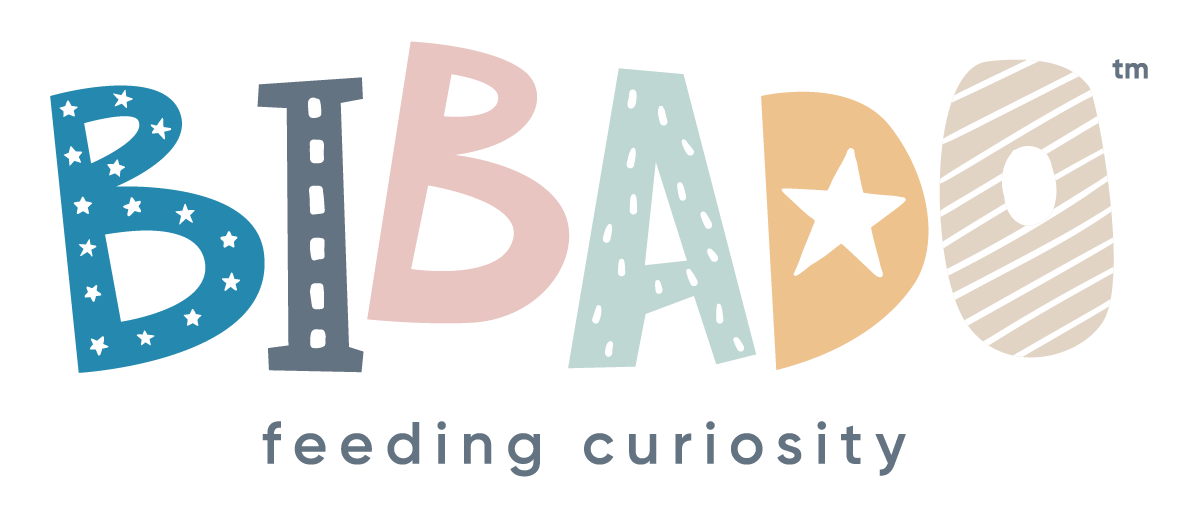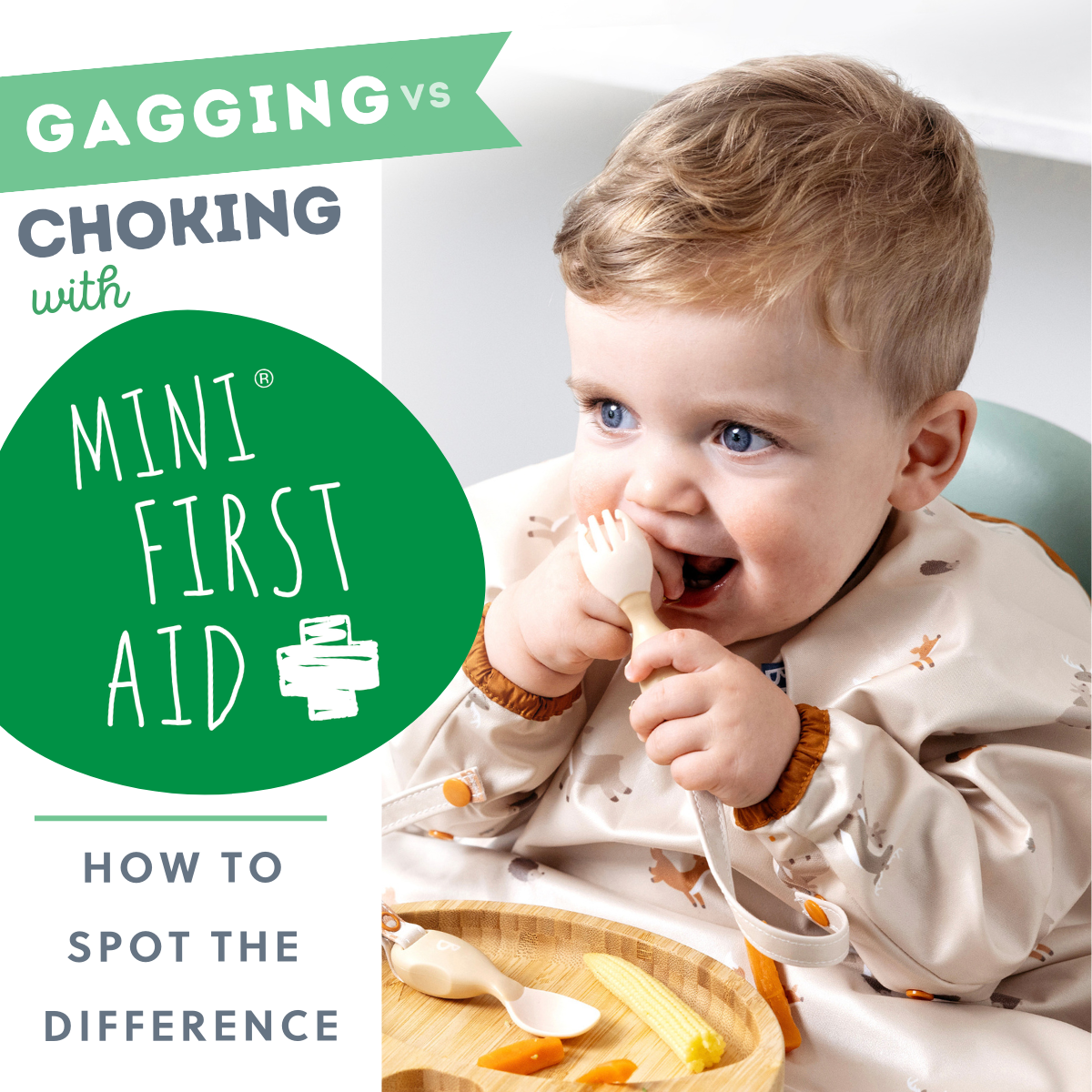Mealtime adventures are better with Bibado! Let our award-winning products make a difference to your weaning journey.
 Shop Now
Shop Now


This week, we're handing over the reigns to our fab friends over at Mini First Aid to give you a quick crash course on one of most parents' biggest weaning worries: gagging and choking!

At our Mini First Aid classes, parents tell us their biggest first aid fear is choking. And this is especially true around the time you first start weaning your baby. It’s really common to confuse gagging – a totally normal human reflex – with choking. So we’re going to teach you the difference and why gagging during the weaning process is actually a good thing!
All babies are born with a gag reflex – put simply, an action that occurs without thought. It’s really important because the gag reflex helps babies to expel food (or other objects!) that the body thinks it is not safe for them to swallow.
If you’re not sure what we’re talking about, cast your mind back to brushing your teeth this morning – if we touch the toothbrush too far onto the back of our tongue, it makes us gag. It’s really quite an unpleasant sensation, but it is absolutely necessary, and very effective. This is why it can look, and sound, quite dramatic!
As well as during mealtimes, you might notice the gag reflex when your baby is playing with their toys – also known as trying to cram them into their mouths! If a part of their toy touches the back of their tongue, the gag reflex kicks in.
Look out for the following signs of gagging:
When you’re first weaning, the gag reflex will be in “overdrive” so get used to this
happening quite a bit!
The gag reflex also teaches babies that they need to chew, and they will learn to mash their food with their gums and mix it with saliva in order to be able to swallow.
So the gag reflex is a bit gross, and also quite scary to witness, but actually brilliant if you think about it – Mother Nature’s way of keeping our little ones safe!
You don’t need to help your baby when they gag – they are resilient little things and will just carry on working through their meal! But you can help them learn to chew properly by eating with them and mimicking a chewing action as you eat, so that they can watch and learn.
And remember that you should never leave a baby or child alone whilst eating - you
need to be on hand to take first aid action if necessary.
The most important thing to note is that gagging is noisy (think back to that toothbrush example, eww!) You may also see a flushed face, although be aware this is easier to see on white skin. On black and brown skin therefore, pay closer attention to the watery eyes, retching noises and tongue sticking out as signs of gagging.
The biggest contrast is that choking is mostly silent – your baby will not be able to cough or cry and an older child will be unable to speak effectively. White skin will become pale very quickly, and blueness will start to develop around the lips.
In black and brown skin, this may look more grey or ashy in tone and you can also check the inside of the lips, gums, tongue and nailbeds for blueness. The pale skin and blueness is something called cyanosis, which means that oxygen is not reaching those parts of the body.
Until you book your class, you can watch Mini First Aid’s Kate Ball demonstrating how to deal with a choking baby below!
We would strongly advise you take our 2 hour Baby and Child first aid course, so that you can practice techniques for dealing with choking in person, with one of our Mini First Aid trainers.
They will show you the different techniques needed for babies under 1 and for children, and you will get hands on experience and be able to ask if you are using the first aid techniques effectively.
We’ve lost count of the amount of times we’ve been contacted by relieved parents who have had to put their first aid knowledge into practice – you have to act quickly, so confidence in your skills is vital in saving a baby from choking.

So there you go – your comprehensive guide to gagging v’s choking. We wish you all the best with your weaning journey! In the meantime, check out Bibado's Safe Start To Solids Bundle for a selection of the essential Bibado mealtime buys alongside a variety of our Mini First Aid choking safety products.
Mini First Aid x

Follow us for more delicious, nutritious bite-size Bibado goodness